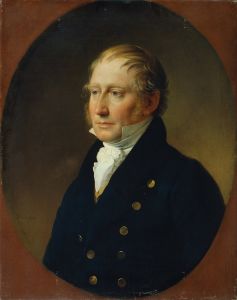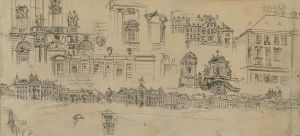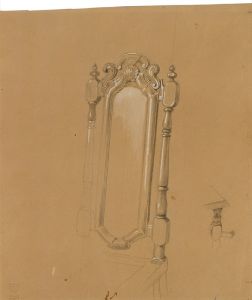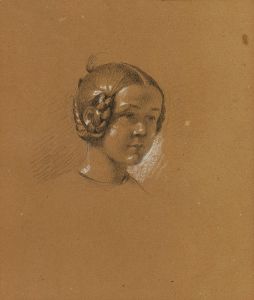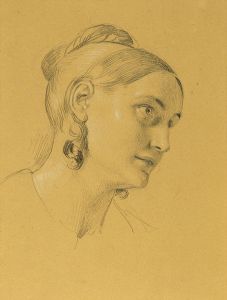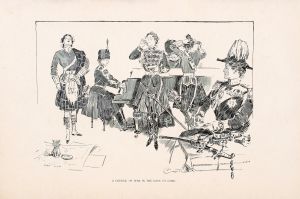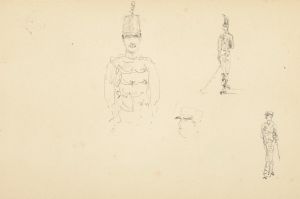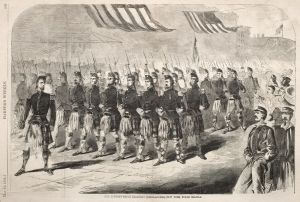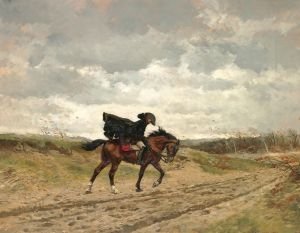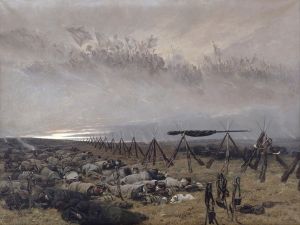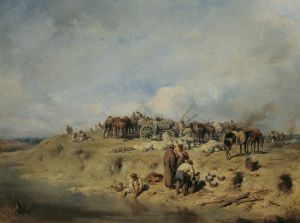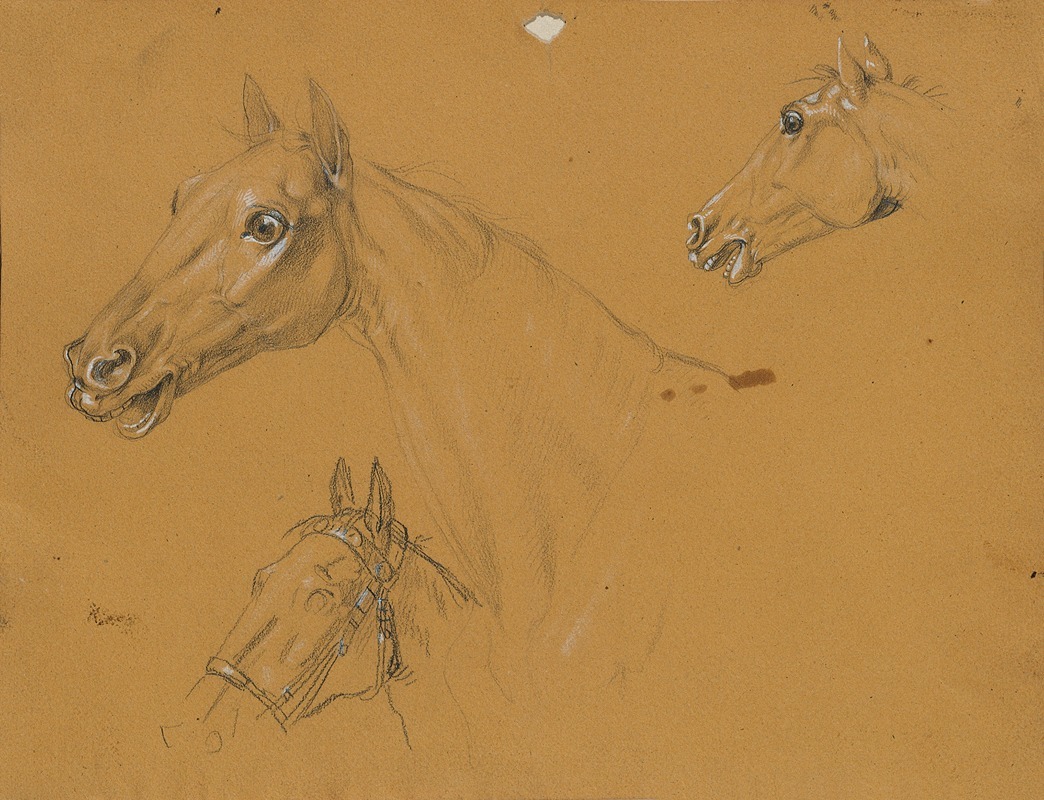
Pferdestudie zu ‘Erzherzog Karl mit seinem Stab in der Schlacht bei Aspern’
A hand-painted replica of Johann Peter Krafft’s masterpiece Pferdestudie zu ‘Erzherzog Karl mit seinem Stab in der Schlacht bei Aspern’, meticulously crafted by professional artists to capture the true essence of the original. Each piece is created with museum-quality canvas and rare mineral pigments, carefully painted by experienced artists with delicate brushstrokes and rich, layered colors to perfectly recreate the texture of the original artwork. Unlike machine-printed reproductions, this hand-painted version brings the painting to life, infused with the artist’s emotions and skill in every stroke. Whether for personal collection or home decoration, it instantly elevates the artistic atmosphere of any space.
Johann Peter Krafft, an Austrian painter known for his historical and genre scenes, created the study "Pferdestudie zu ‘Erzherzog Karl mit seinem Stab in der Schlacht bei Aspern’" as a preparatory work for his larger painting depicting Archduke Charles of Austria. This study focuses on the depiction of horses, which played a crucial role in the larger composition of the battle scene.
The Battle of Aspern-Essling, fought on May 21-22, 1809, was a significant conflict during the Napoleonic Wars. It marked one of the first major defeats for Napoleon Bonaparte, as the Austrian forces, led by Archduke Charles, successfully halted the French army's advance near Vienna. Krafft's interest in this historical event reflects the national pride and the importance of the battle in Austrian history. Archduke Charles became a celebrated figure for his leadership and strategic acumen during the battle, and Krafft's work aimed to capture this moment of Austrian resilience and victory.
Krafft's study of horses for this painting highlights his attention to detail and his commitment to historical accuracy. Horses were an essential component of military strategy during this period, used for cavalry charges, transportation, and communication. By focusing on the horses, Krafft not only prepared for the technical aspects of the larger painting but also emphasized the dynamic and chaotic nature of battle scenes. His ability to render the musculature and movement of horses with precision demonstrates his skill as an artist and his dedication to capturing the essence of the historical moment.
The larger painting, "Erzherzog Karl mit seinem Stab in der Schlacht bei Aspern," is a testament to Krafft's ability to combine historical narrative with artistic expression. It portrays Archduke Charles amidst his staff, leading the Austrian forces with determination and strategic insight. The painting serves as both a historical document and a piece of nationalistic art, celebrating Austrian identity and military prowess.
Krafft's work, including this horse study, is part of a broader tradition of history painting that was prevalent in the 19th century. This genre aimed to depict significant historical events with a focus on accuracy, drama, and emotional impact. Krafft's paintings were well-received in his time, contributing to his reputation as a prominent artist in the Austrian Empire.
In summary, Johann Peter Krafft's "Pferdestudie zu ‘Erzherzog Karl mit seinem Stab in der Schlacht bei Aspern’" is an important preparatory work that underscores the artist's dedication to historical accuracy and his skill in depicting the dynamic elements of battle. Through this study, Krafft laid the groundwork for a larger composition that celebrated a pivotal moment in Austrian history and highlighted the leadership of Archduke Charles.






